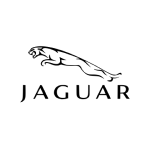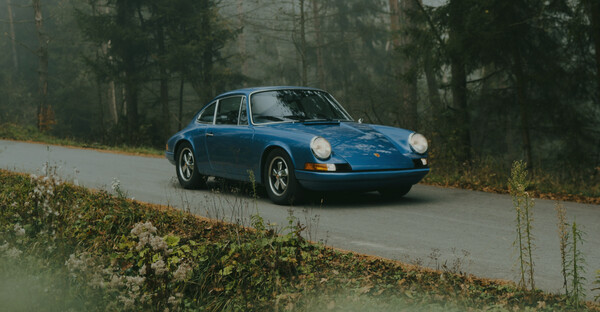Description
• Delivered new to the USA
• Matching numbers chassis, body, engine
• In Switzerland and only three owners since 1978
• Former property of the Jaguar Owner's club president
• Swiss registration document
The XK120 set new standards of comfort, roadholding, performance and styling for British sports cars and, in keeping with Jaguar tradition, there was nothing to touch it at the price.
Its striking appearance, the XK120 was built on a separate chassis, featuring independent front suspension by means of wishbones and torsion bars, a live rear axle, and large hydraulic drum brakes in all four corners. The car's heart was, of course, the fabulous XK engine. Conceived in wartime and intended for Jaguar's post-war range-topping saloon, the 3. 4-liter straight-six embodied the best of modern design, boasting twin overhead camshafts running in an aluminum cylinder head, seven main bearings, and a maximum output of 160bhp matched by endless torque.
The body was the work of Jaguar boss William Lyons himself - and widely considered one of the most beautiful shapes ever to grace an automobile - it was conceived as an aluminium structure for the simple reason that Jaguar expected to sell no more than 200 XK120 Roadsters - or Open Two Seater (OTS) - in the first year! The exquisitely beautiful and well-balanced Fixed Head Coupe (FHC) soon followed, and it remains one of the most celebrated closed Coupe designs done on a non-coachbuilt passenger car to date, and very much resembles some of the best lines of Jean Bugatti's Type 57 Atalante masterpiece.
"We claimed 120mph (for the XK120), a speed unheard of for a production car in those days." - William Heynes, Chief Engineer, Jaguar Cars.
Jaguar's claim was duly verified when a carefully prepared example achieved 126. 4mph with hood and side screens erected and 132. 6mph without weather protection and equipped with an under-tray! The XK120 was also the basis of Jaguar's racing dynasty and the early mount for many future driving legends including Stirling Moss and Phil Hill. In various tune levels, Jaguar's 'XK' engine famously propelled Jaguar's XK 120 C, C-Type, and D-Type sports racers to international racing dominance, including five Jaguar wins (1951, 1953, 1955-57) at the 24 Hours of Le Mans
According to its Jaguar Heritage Trust certificate, this left-hand drive XK120 Coupé (one of 2, 484 built) left the factory on 18th April 1952 as a Personal Export Delivery via City Motors, Oxford, its final destination being the USA. The original colour scheme was cream with a red interior. Two former owners are known: Jaguar Owners' Club President Urs Schmid (1978-1988) and Rudolf Schnorf (1988-2015). The current vendor acquired the XK from Mr Schnorf. The car benefits from new electrics and new interior trim (invoices on file), and is described as generally good condition. Additional documentation consists of a FIVA Identity Card (issued 2016) a heritage document and a Swiss registration document.


















